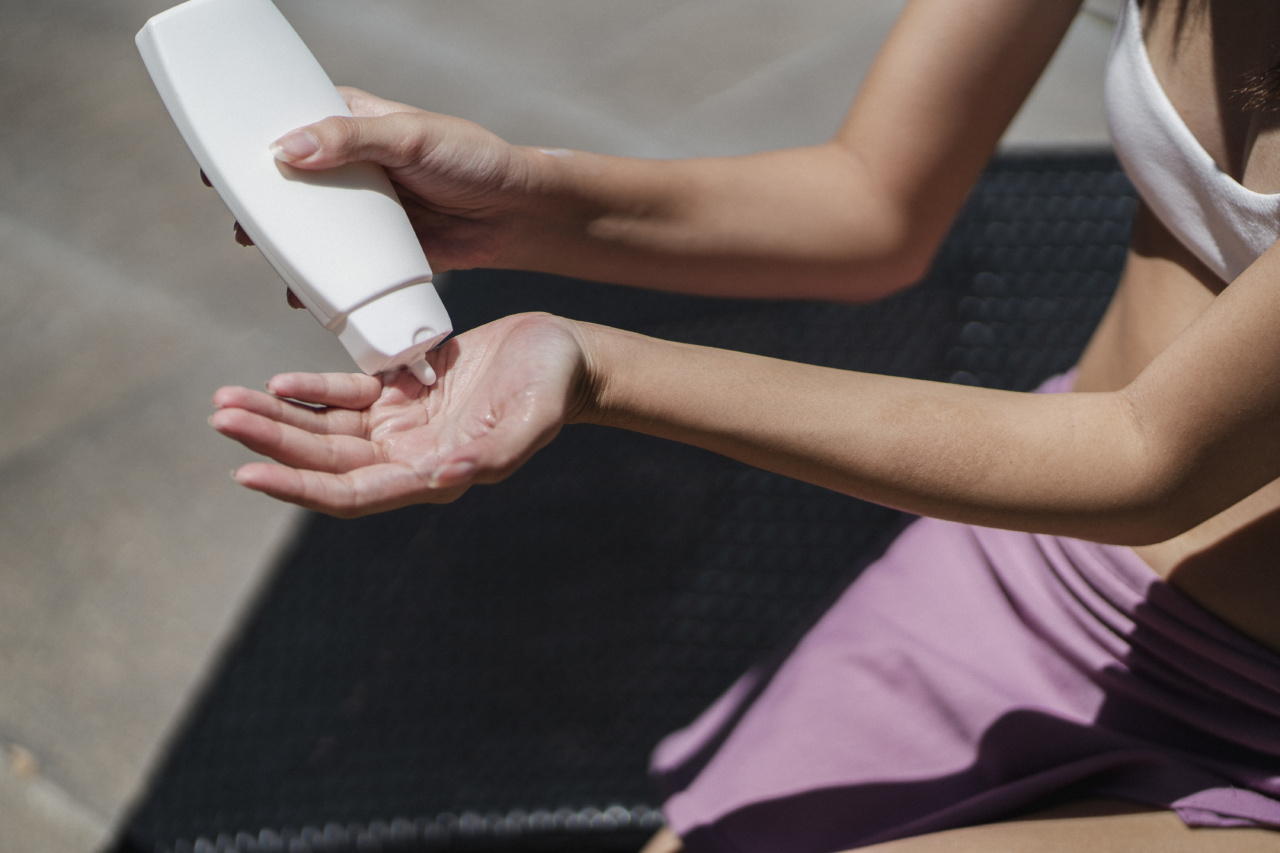Melanoma, the most deadly type of skin cancer, has been on the rise in recent years. It is essential to understand the risks associated with melanoma and take steps to protect yourself from its harmful effects.
One of the most effective ways to prevent melanoma is by using a sunscreen with a high Sun Protection Factor (SPF) regularly.
Understanding SPF and its Importance
SPF, or Sun Protection Factor, measures the level of protection a sunscreen provides against harmful UV rays. These rays are the primary cause of skin damage, including sunburns, premature aging, and even skin cancer like melanoma.
Choosing a sunscreen with a suitable SPF is crucial for optimal protection.
Factors to Consider When Selecting a Sunscreen
With numerous sunscreen options available in the market, it can be overwhelming to determine which one is best for you. Here are some factors to consider when choosing a sunscreen:.
1. Sun Protection Factor (SPF)
SPF is the most crucial factor to consider when selecting a sunscreen. It indicates how long the product can protect your skin from harmful UVB rays. Look for a sunscreen with an SPF of 30 or higher, as recommended by dermatologists.
2. Broad Spectrum Protection
Ensure that the sunscreen you choose provides broad-spectrum protection. This means it guards against both UVA and UVB rays.
UVB rays are responsible for sunburns, while UVA rays penetrate deeper and contribute to skin aging and the development of skin cancer.
3. Water and Sweat Resistance
If you plan to spend time in the water or engage in activities that cause excessive sweating, opt for a sunscreen that is water and sweat-resistant. It will provide longer-lasting protection even when exposed to moisture.
4. Skin Type and Sensitivities
Consider your skin type and any sensitivities you may have before selecting a sunscreen. Certain sunscreens provide additional benefits like oil-free or non-comedogenic formulas for acne-prone skin, or hypoallergenic options for sensitive skin.
5. Ease of Application
The application process should be smooth and effortless. Choose a sunscreen that comes in a form – lotion, cream, gel, or spray – that you find convenient and comfortable to use. The easier it is to apply, the more likely you are to use it consistently.
6. Additional Features
Some sunscreens offer additional features such as moisturizing properties, anti-aging benefits, or even insect repellent. Consider your specific needs and preferences to find a sunscreen that meets all your requirements.
Tips for Applying Sunscreen
Once you have chosen the best sunscreen for your needs, it is essential to apply it correctly to ensure maximum protection. Here are some tips:.
1. Apply Sunscreen 15-30 Minutes Before Sun Exposure
For the sunscreen to be fully effective, apply it at least 15-30 minutes before going outside. This allows time for the product to bind to your skin.
2. Use Enough Quantity
Most people do not apply enough sunscreen, which reduces its effectiveness. Use approximately one ounce (about a shot glass full) to cover your entire body. Apply it generously to all exposed areas.
3. Reapply Every Two Hours
Sunscreen wears off over time, especially when exposed to water, sweat, or rubbing. To maintain optimal protection, reapply sunscreen every two hours or immediately after swimming or sweating.
4. Don’t Forget to Protect Your Lips and Eyes
Remember to apply a lip balm with SPF to protect your lips from sunburn. Additionally, consider wearing sunglasses with UV protection to guard your eyes from harmful rays.
5. Seek Shade During Peak Hours
Avoid direct sun exposure, especially during the peak hours between 10 am and 4 pm. Seek shade whenever possible to reduce your skin’s overall exposure to UV rays.
Conclusion
Protecting your skin from melanoma is essential for maintaining a healthy lifestyle.
By understanding the risks associated with melanoma and choosing a sunscreen with a suitable SPF, broad-spectrum protection, and other necessary features, you can significantly lower the risk of skin damage and develop optimal protection against harmful UV radiation.


























